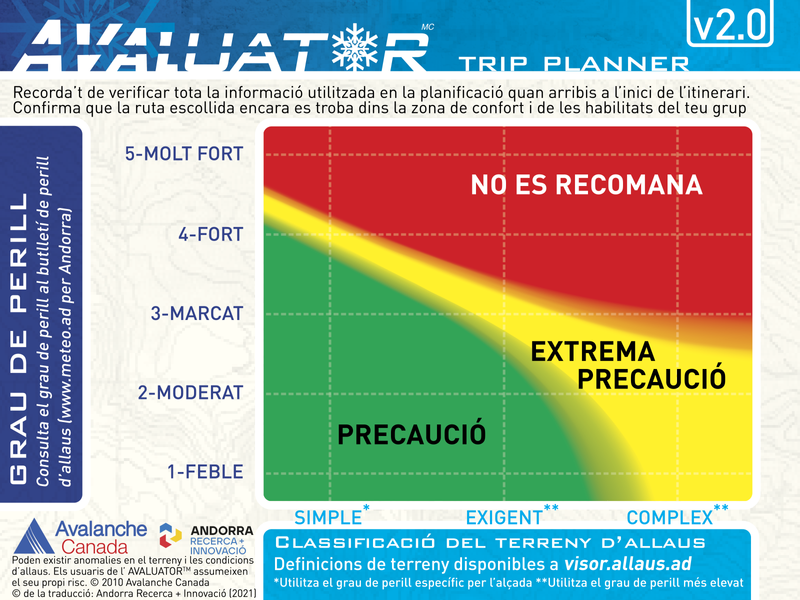Font del Mallol - Beixalís (Ruta 40)
General Description
Iniciem la ruta des de la plaça de les Fontetes de la Massana, al costat del telecabina de Pal, i seguim el track en direcció descendent fins a la part més baixa de la població, per continuar pel camí de les Gravades, que ens porta fins a l'Aldosa . Després d'arribar a la carretera CS-335, ens dirigim cap a la dreta, direcció Anyós. Passats 2 km, girem cap a l'esquerra en direcció al coll de Beixalís, per la CS-310. Al km Núm. 3 de la nostra ruta ens desviarem per continuar per una pista forestal que ens evita alguns trams de carretera, aquesta pista connecta de nou amb la carretera CS-310 durant 500 m per continuar per dins del bosc per la zona dels Oriosos i Cortals d'Anyós, amb unes bones vistes sobre tot el vessant oest d'Andorra, amb cims com el de Carroi, Cubil de Pal i Comapedrosa, entre d'altres. En aquest segment de pujada afrontarem un tram curt de pujada on el pendent i l'estat natural de la pujada la fa força tècnica, és un tram de 50 m, després, seguirem per una senda en pujada molt divertida que ens treu al km 6,4 sortirem de nou a la carretera, des d'aquí baixarem uns metres per la carretera i veurem a la nostra dreta la pista que ens porta fins a la Font del Mallol; és una pista tranquil·la que porta a l'esplanada del coll de l'Estall on trobarem la Font del Mallol. Tot seguit continuarem pujant per un corriol que va matant les cotes de forma controlada i no excessivament tècnic, ens portarà al punt més alt de la ruta des d'on iniciarem el nostre primer descens que ens farà passar per un mirador espectacular. Seguim pel corriol sense gaire inclinació, però amb algunes zones d'arrels que ho fan força tècnic en alguns punts que baixa fins a la carretera que puja al coll d'Ordino. Des d'aquest punt, opcionalment, podem acabar de pujar al coll o baixar cap a Ordino. Si optem per baixar, ho farem inicialment per la mateixa carretera asfaltada i, passats 200 m, seguirem pel sender de l'antic Camí Vell, és una baixada llarga i amb alguns punts tècnics, aconsellem anar fent parada per descansar i continuar gaudint de la baixada fins a retrobar novament la carretera. Continuarem el descens i ens desviarem cap a l'esquerra, al punt quilomètric 1,6 de la CS-345, en direcció a la zona de la Gonarda i posteriorment fins a l'Aldosa. Les darreres pedalades de l'itinerari les tornarem a fer pel camí de les Gravades, en sentit contrari al de l'inici de la ruta, fins a tornar a la Massana.


 Routes and points of interest
Routes and points of interest  Agenda and events
Agenda and events  Online Store
Online Store  Information of Interest
Information of Interest  contact
contact 

































